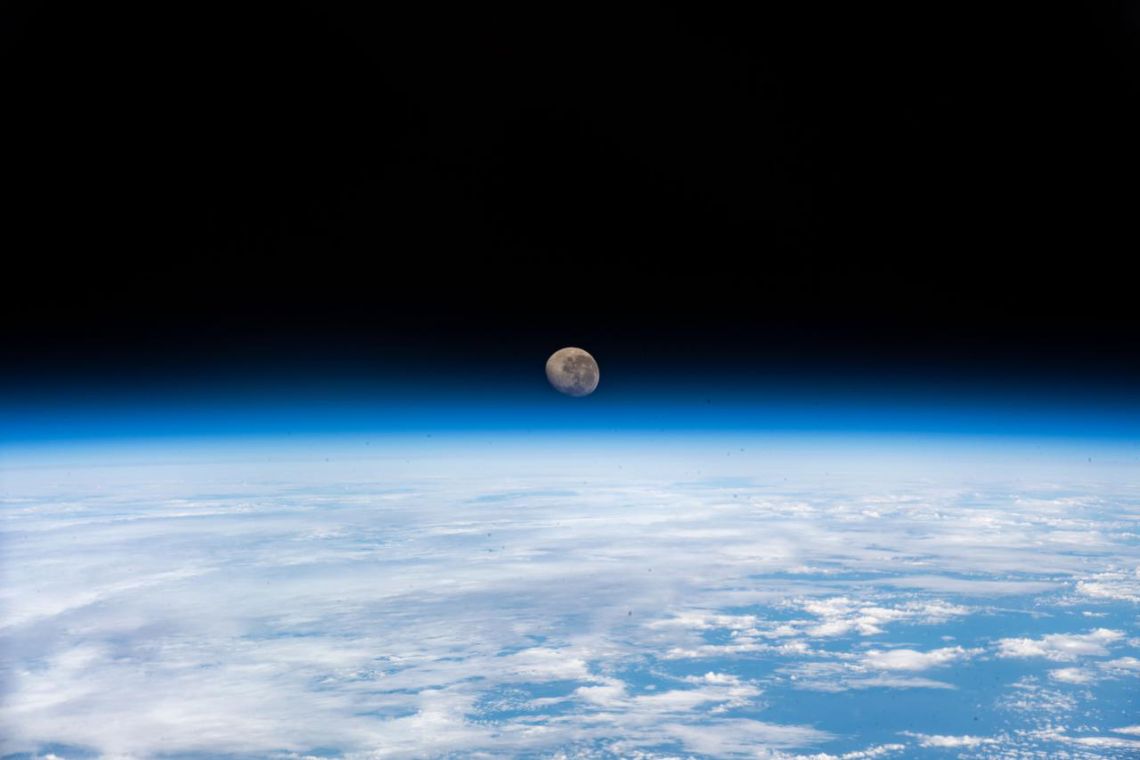Averting Future Conflict In Space
Russia's invasion of Ukraine highlights the need for space diplomacy

The international fallout from Russia’s invasion of Ukraine extends even beyond Earth’s atmosphere.
Space imagery is uncovering war crimes, while satellite internet companies like SpaceX’s Starlink are maintaining an open information environment for the Ukrainian people as Russia targets critical infrastructure.
These activities have highlighted how the laws that govern activity in space are outdated. Without new rules, the chances of actual conflict in outer space are growing, according to Frans von der Dunk, a professor of space law at the University of Nebraska.
For 50 years, the Outer Space Treaty successfully ensured space remained outside of military conflict, essentially limiting military use to reconnaissance activities. But its provisions are general.
“Back in the day it wasn't necessary to develop a very detailed regime on the possibility that armed conflict would break out in space,” von der Dunk said. “Unfortunately, now things are going worse.”
Von der Dunk was speaking at “Russia's Invasion of Ukraine from Orbit: The Role of Space Diplomacy in Modern Conflict,” organized by the Duke Space Diplomacy Lab, a new project launched by the Duke University Center for International & Global Studies (DUCIGS) Rethinking Diplomacy Program as a hub for events, policy ideas, and actionable, anticipatory diplomacy needed to maintain space as a stable and predictable environment.
The only legal framework still regulating space activities is the 1967 Outer Space Treaty, ratified by over 100 countries. The treaty does refer to non-governmental entities involved in satellite operations – such as Starlink over Ukraine – but the Soviet Union followed the Cold Era reasoning of the time, von der Dunk said, and insisted on holding states fully responsible for private sector activities in space.
A flaw in that law, he said, was its “assumption this would never erupt into military use by a private [firm] involving a private satellite.”
All the major spacefaring powers have been building up their space forces -- including the U.S., China, Russia and France. Space debris could also bring governments to blame each other for the spread of flying objects from spent machinery and explosions in orbit, panelists said. As the Kremlin built up its military personnel and assets around the Ukrainian border in late 2021, the Russian military launched a direct ascent, anti-satellite weapons test that created a dangerous field of space debris that endangered Russia’s own personnel aboard the International Space Station.
“Both in the lead up to, and since the start of Russia’s invasion of Ukraine, we have seen space involved one way or another,” said Benjamin Schmitt, a research fellow at the Harvard-Smithsonian Center for Astrophysics and cofounder of the Space Diplomacy Lab.
This includes “Russia’s direct-ascent, anti-satellite weapons test back in November, and the role that the private sector has played – Maxar and Planet Labs have had their public space imagery in the headlines,” Schmitt said. “[Much of what] we are seeing in the media [of the conflict] comes from those firms.”
Von der Dunk said China and Russia must be at the table when new rules for spacefaring countries are discussed.
“If you would now organize a conference even without Russia of all the major spacefaring countries, I’m afraid that you wouldn’t be able to come to any sort of concession,” he said.
Some rules are already applicable, though, for the humanitarian use of space technology. Nothing prevents, for example, a satellite operator from sharing images with humanitarian organizations and to the general public via social media.
“It’s their absolute right to do so,” von der Dunk said. “Given the general humanitarian obligations to not stand on the side of an aggressor and to at least try to save human lives, they could actually be considered to have an obligation to share that with anyone who can alleviate the plight of human beings.”
This has been happening with the use and sharing of commercially-available satellite imagery in so-called “open-source intelligence” Twitter accounts since the Russian invasion.
While Russia continues to cooperate in the International Space Station, von der Dunk called it “the canary in the coal mine, or perhaps the last, strongest canary in the coal mine.”
Retired Ambassador W. Robert Pearson, a DUCIGS Rethinking Diplomacy fellow, said the world’s population needs to “become invested in the outcome so that governments feel the pressure to act.”
One way that could happen, von der Dunk said, would be to through using former astronauts as space ambassadors.
“They all came back from space with an enormous sense of awe for the vulnerability of space and of the planet,” he said. “And they still carry a lot of the glamor and popularity with the public for the phenomenal things they did.”